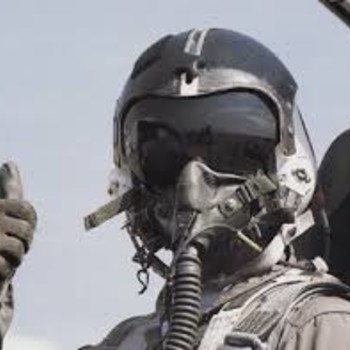Need help ?

1 Answer
Well, you just lean on your old pal, Mr. Pythagoras...
Explanation:
Number 19 - you have 2 right triangles, back to back.
The left hand triangle has base 4, height 7. Area is
The right hand triangle has height 7, hypotenuse 10, and you must calculate the base.
If you let the base length be 'b', then you know (because of Mr. Pythagoras) that
so therefore
and so
And the area of the right hand triangle is
So the area of the two triangles together is 14 + 24.9 = 38.9
Number 20 - you have 2 equal area right triangles. You have base 3.8, hypotenuse 8, so, you can solve for the height:
And the area of each right triangle is therefore
You have TWO of them, though, so the total area of the figure in number 20 is therefore 26.6.
GOOD LUCK

